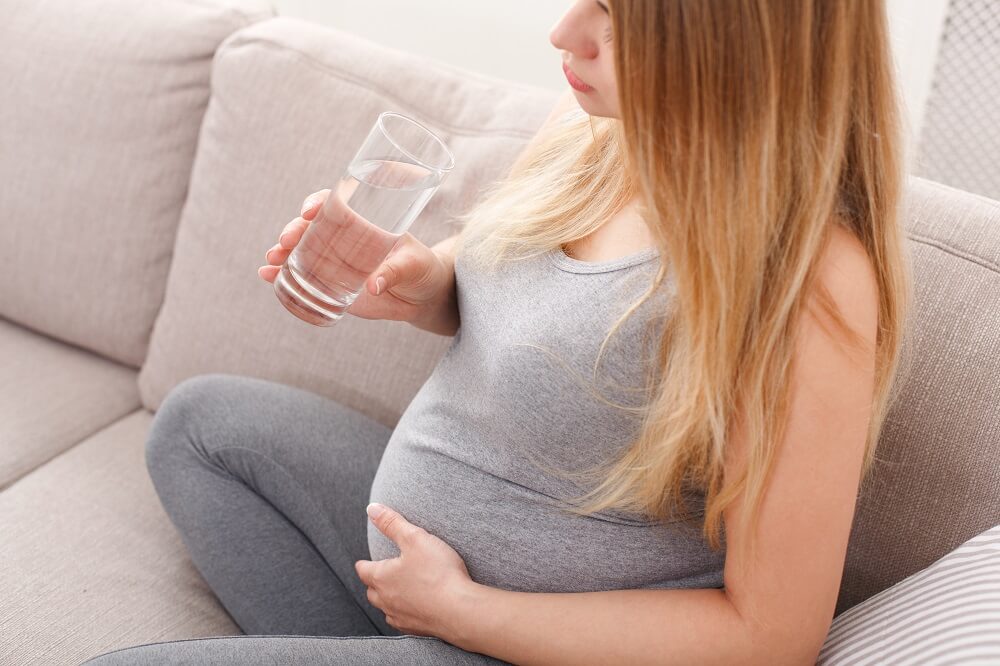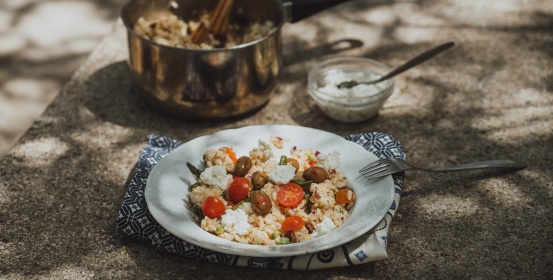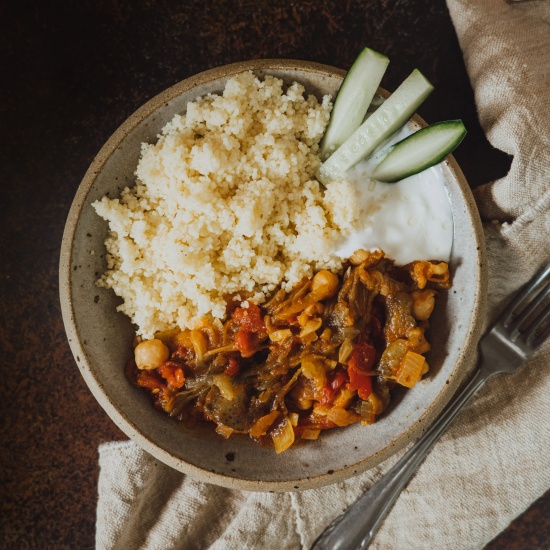GERD, dyspepsia and intestinal ulcers
In the developed world, gastroesophageal reflux disease is present in between 15 and 20% of the population (1), dyspepsia in up to 20% of the population (2), and stomach and duodenal ulcers in between 1 and 6% of the population (3). Excessive secretion of acid can be one reason why these conditions occur. Drugs that block the operation of proton pump inhibitors and antacids are used to eradicate Helicobacter pylori infection. Donat can be classed as an antacid remedy.
For diseases of the upper digestive tract associated with the excessive secretion of stomach acid, Donat can be used as an antacid, and tests have shown that 1.2 litres of the product can neutralise the average daily secretion of acid. Donat can be taken as required several times a day in doses of 200 to 300 ml. Before use, it should be left to stand in an open container or heated slightly to get rid of the bubbles. Patients with gastroesophageal reflux disease or dyspepsia will normally need to take Donat after meals, while those suffering from duodenal ulcers will also often take it at night (4, 5).
Diseases and conditions arising from magnesium deficiency
There are many causes of magnesium deficiency or hypomagnesemia. Hypomagnesemia can occur as a result of reduced dietary intake (malnutrition), increased gastrointestinal losses (chronic inflammatory bowel disease, chronic diarrhoea, malabsorption, major bowel resection or bypass surgery, chronic use of laxatives or proton pump inhibitors) or increased renal excretion from the chronic use of diuretics (loop diuretics, thiazides), under the influence of cisplatin, aminoglycosides, cyclosporin, tacrolimus, amphotericin B, pentamidine and foscarnet, during the polyuric phase of acute renal failure, with diabetes (osmotic diuresis), with hypercalcaemia, or in hereditary diseases with primary loss via renal tubules.
Excessive use of alcohol is another cause of hypomagnesemia, while athletes, those working in high temperatures and those suffering from hungry bone syndrome, acute pancreatitis or diabetic ketoacidosis can also suffer from magnesium deficiency. The clinical presentation of magnesium deficiency is not typical and depends on the accompanying hypocalcaemia, hypokalaemia and metabolic alkalosis (5–7).
A Donat mineral water prescription can give patients the extra magnesium they need; this particularly applies to those with insufficient magnesium intake, athletes, those working in high temperatures, diabetics and alcoholics. For all the above, we recommend that Donat be taken several times a day on an empty stomach in doses of 200 ml, with a total daily intake of up to 1 litre. The precise recommended daily dose depends on the severity of the magnesium deficiency. After the magnesium deficiency has been successfully addressed, we recommend that levels be maintained through the daily consumption of up to 400 ml of Donat (two to three doses on an empty stomach). The bubbles should be removed from the product prior to use.

Regulating digestion
In the developed world, chronic constipation affects between 12 and 19% of the population. Chronic constipation is defined as a condition in which a person has not more than two bowel movements a week (8, 9).
Because of its osmotic concentration, Donat is regarded as an osmotic laxative. The laxative effects of drinking Donat have been known about for centuries. More recently, its use in tandem with the polyethylene glycol contained in Moviprep has been shown to be a highly effective way of preparing patients for colonoscopies and bowel operations. In the national bowel and rectal cancer screening programme (SVIT), combining 2 litres of Donat and 2 litres of Moviprep was found to lead to good or excellent bowel cleansing in 96.23% of the 13,378 patients sampled, which is a significantly better result than that obtained from the use of Moviprep alone (10–12).
We advise patients suffering from chronic constipation to drink 500 ml of lukewarm Donat in the morning on an empty stomach and 250 ml on two further occasions during the day before meals. We also recommend high-fibre foods (fruit, vegetables, dried fruit) and fruit juices high in potassium, and advise patients to take morning exercise to strengthen their stomach muscles.
Bladder stones
The incidence of bladder stones is 0.5% and the prevalence is 4%, with men being between two and four times more likely to develop calcium bladder stones (13, 14). Environmental factors, metabolic disorders and genetic factors are the main culprits in the formation of calcium bladder stones, with the most important environmental factor being diet (15). Hypercalciuria (39%), hyperoxaluria (32%), hypocitraturia (29%), hyperuricosuria (23%) and hypomagnesiuria (19%) are some of the metabolic risk factors that can lead to the formation of bladder stones (16). The course of the disease cannot be predicted on the basis of one metabolic disorder alone. It is known that patients with multiple stones are also more susceptible to a recurrence of the disease (17).
In order to prevent bladder stones from forming, the amount of liquid one consumes must be increased, thereby increasing diuresis and reducing urine concentration. Increasing urine pH to around 6.5, increasing the excretion of magnesium and citrates and reducing the excretion of calcium and oxalates in the urine (18, 19) can also have a beneficial effect on preventing the formation of calcium and urate stones, which account for 85% of all stones.
According to a research study by Prevorčnik, A. et al. (20), serum concentrations of potassium, sodium, chlorides, calcium, phosphates and creatinine all increased to a statistically significant extent after the daily consumption of 400 ml of Donat over a seven-day period. There were also statistically significant increases in pH and pCO2. An increase in diuresis and a reduction in the relative density and osmolality of urine was observed over a 24-hour period. The excretion of magnesium and citrates increased, while the pH of the urine rose slightly and approached the ideal value of 6.5. The risk indices for the formation of calcium/magnesium and oxalate/citrate stones also fell.
Drinking Donat increases diuresis, reduces urine density and increases pH to between 6.0 and 6.5, all to a statistically significant extent, thereby reducing the risk of the formation of calcium oxalate, calcium phosphate and urate bladder stones. The excretion of magnesium and citrates increased and the risk index for calcium bladder stones (Ca/Mg and Ox/Cit) fell, both to a statistically significant extent. Donat constitutes a complementary preventive means of treating calcium and urate bladder stones.
As we know that the likelihood of crystals forming in the urine is greater at night, when the urine is more highly concentrated, we advise that patients with calcium oxalate and urate bladder stones consume 400 ml of Donat before going to sleep. We also advise the consumption of Donat in doses of 200 ml during the day on an empty stomach. Patients should also be advised as to the appropriate diet and hydration regime. The bubbles should be removed from Donat before consumption.
Pregnancy
Healthy people require between 250 and 300 mg of magnesium per day, but this requirement increases by 100 mg when you are pregnant. Magnesium deficiency during pregnancy results in a statistically significant increase in the number of haemorrhages, and the possibility of premature labour. Research has shown magnesium sulphate to be an effective tocolytic, or agent for suppressing premature labour (21). Magnesium added in the form of magnesium sulphate reduces muscle cramping via the reduction of calcium in the muscles, and can thus prevent premature labour and act neuroprotectively on the health of the newborn infant. Donat contains magnesium sulphate and, as such, could be a suitable source for preventive use during obstetric care.
We advise pregnant mothers to drink 200 ml of Donat every day on an empty stomach. The bubbles should be removed from Donat before consumption.

References
- Dent J, El-Serag HB, Wallander MA, Johansson S. Epidemiology of gastro-oesophageal reflux disease: a systematic review. Gut. 2005, May; 54(5):710–7.
- Tack J, Talley NJ, Camilleri M, Holtmann G, Hu P, Malagelada JR, Stanghellini V. Functional gastroduodenal disorders. Gastroenterology. 2006; 130(5):1466.
- Aro P, Storskrubb T, Ronkainen J, Bolling-Sternevald E, Engstrand L, Vieth M, Stolte M, Talley NJ, Agréus L. Peptic ulcer disease in a general adult population: the Kalixanda study: a random population-based study. Am J Epidemiol. 2006; 163(11): Epub 2006, Mar 22.
- Leskovar R. Einblick in die Wirkungsweise eines Mg SO4 haltigen Mineralwassers auf Grund neuerer Untersuchungen. Zongew Baeder und Klimaheilk, 1955: 2:178–80.
- Tepeš B. Mineralne vode. V Rumbak R (ur.). Osnove zdraviliškega zdravljenja – balneologija in balneoterapija: zbornik predavanj, Zdravilišče Radenci, 2. in 3. junij 2000. Celje: Skupnost slovenskih naravnih zdravilišč, 2000, str. 31–39. [COBISS.SI-ID 45464833].
- Gubenšek J. Motnje v presnovi magnezija. V Košnik M, Štajer D. Interna medicina; Ljubljana, 2018: 102–4.
- Wang ET, Rude RK, Stinger Fr. A light prevalence of hypomagnesemia in hospitalized 7. patients. Am J Clin Pathol, 1983; 79:348–52.
- Suares NC, Ford AC. Prevalence of and risk factors for chronic idiopathic constipation in the community: systematic review and meta-analysis. Am J Gastroenterol. 2011; 106(9):1582–91.
- Higgins PD, Johanson JF. Epidemiology of constipation in North America: a systematic review. Am J Gastroenterol. 2004; 99(4):750–9.
- Bitoun A, Ponchon T, Barthet M, Coffin B, Dugue´ C, Halphen M. Norcol Group. Results of a prospective randomised multicentre controlled trial comparing a new 2-L ascorbic acid plus polyethylene glycol and electrolyte solution vs. sodium phosphate solution in patients undergoing elective colonoscopy. Aliment Pharmacol Ther, 2006; 24:1631–1642.
- Kilgore TW, Abdinoor AA, Szary NM, Schowengerdt SW, Yust JB, Choudhary A, et al. Bowel preparation with split-dose polyethylene glycol before colonoscopy: a meta-analysis of randomized controlled trials. Gastrointest Endosc, 2011; 73:1240–1245.
- Tepeš B, Novak-Mlakar D, Metličar T. Bowel preparation for colonoscopy with magnesium sulphate and low-volume polyethylene glycol. European journal of gastroenterology & hepatology, 2014, vol. 26; 6:616–620.
- Vahlensieck EW, Bach D, Hesse A. Incidence, prevalence and mortality in the German Federal Republic. Urol Res, 1982: 141–4.
- Tissdelius HG, Larsson L. Calcium phosphate – an important criystal phase in patients with recurrent calcium stone formation. Urol Res, 1993; 21:175–80.
- Smith CL, Davis M, Berkseth RO. Dietary factors in calcium nephrolitiasis. J Renal Nutr, 1992; 2:146–53.
- Hess B, Hasler-Strub U, Ackermann D, Jaeger P. Metabolic evaluation of patients with 16. recurrent idiopathic calcium nephrolitiasis. Nephrol Dial Transplant, 1997; 12:1362–8.
- Trinchiery A, Ostini F, Nespoli R. A prospective study of recurrent rate and risk factors for recurrents after a first renal stone. J Urol, 1999; 162:27–30.
- PakCYC. Medical management of nephrolithiasis. J Urol, 1982; 128:1157–64.
- Pearle MS, Roehrborn CG, Park CYC. Meta-analysis of randomized trials for medical prevention of calcium oxalate nephrolitiasis. J Endourol, 1999; 13:679–85.
- Prevorčnik A, Drinovec J, Jurjec D, Mihelič M. Use of Donat Mg in the prophylaxis of urolithiasis – theoretical and practical considerations. Zdravstveni vestnik, 1991; 60:223–6.
- Franić D, Novak-Antolič Ž, Jurjec D, Zore A. Magnesium sulfate as tocolitic agent. Zdravstveni vestnik, 1995; 64:3–7.
Choose chapter:






